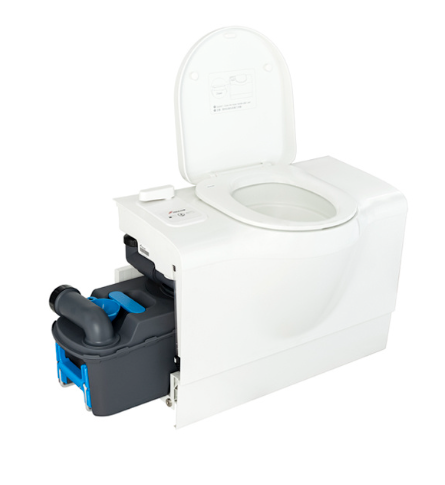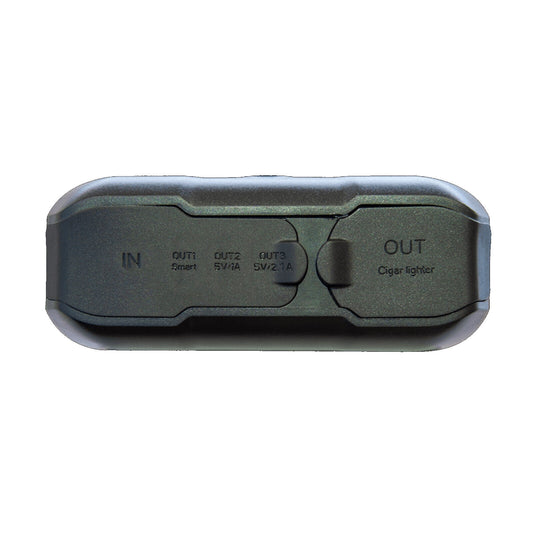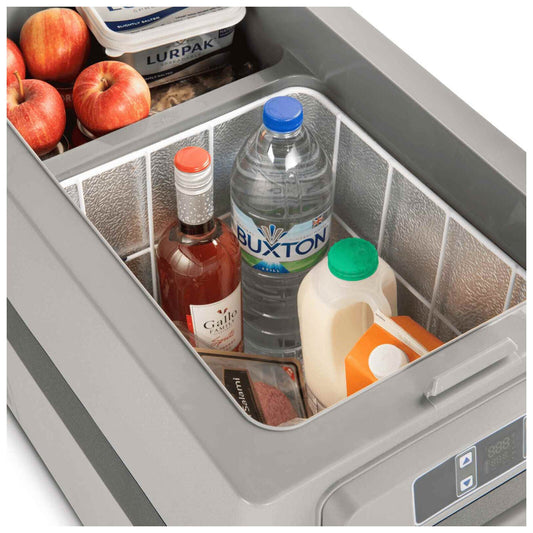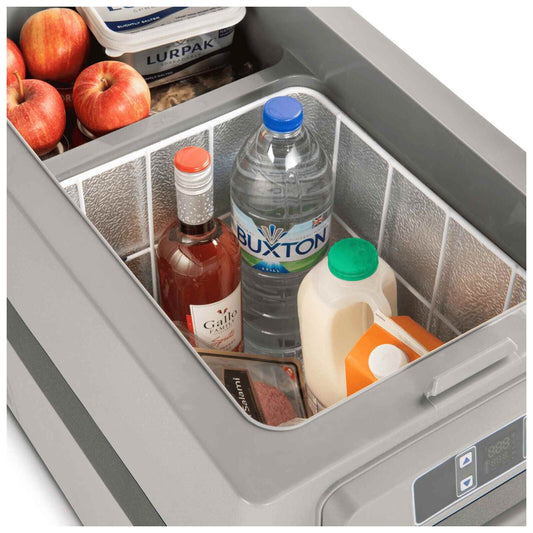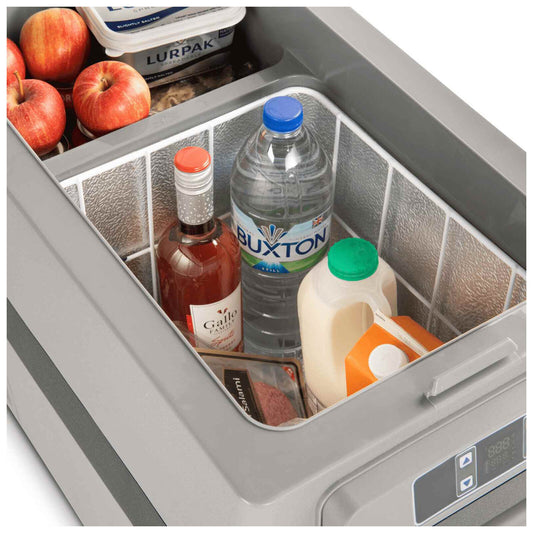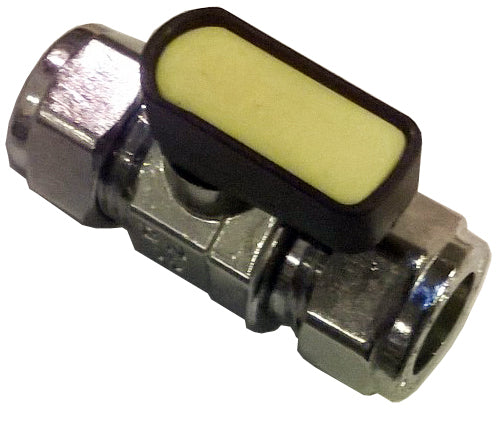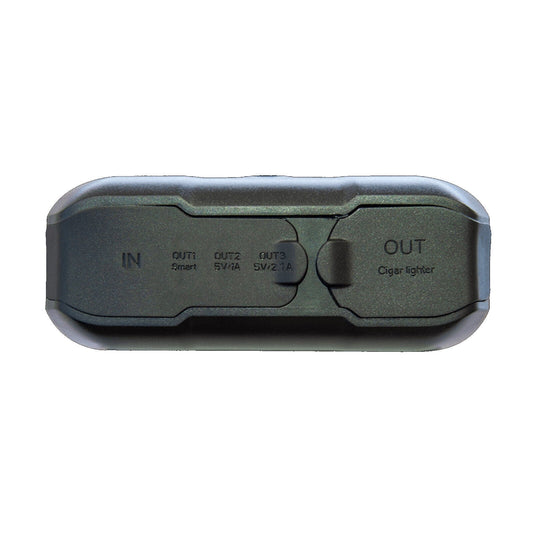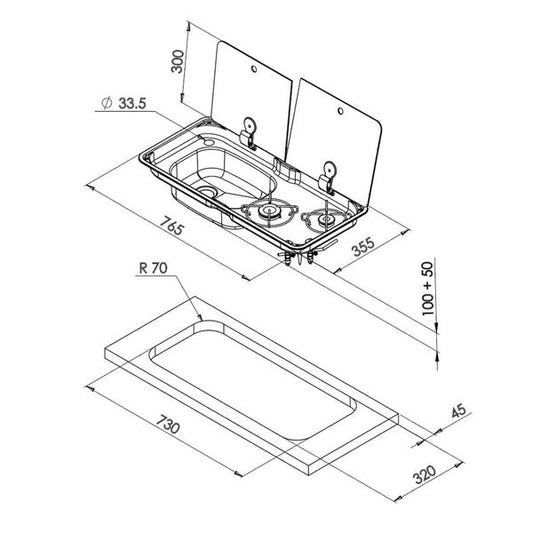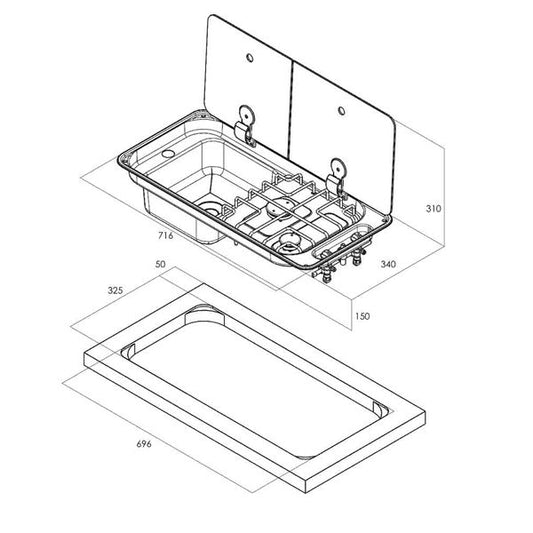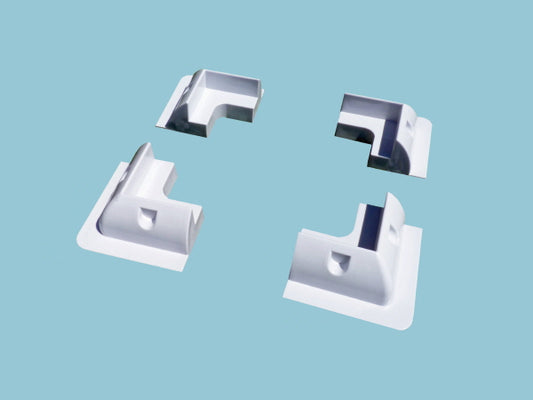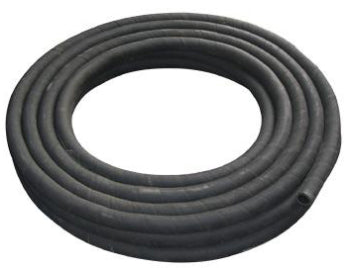Collection: VW T25/T3
T25
In 1979 production of the T2 Bay ceased, and it was instead replaced by the T25. Whilst these later models may not (yet) have quite the iconic status of the Splittie and Bay, they remain massively successful, selling in huge numbers and still enjoying the same loyal following.
1981 bought the introduction of a water-cooled 1600cc diesel engine with 50bhp (37kw). This engine originally came from the Golf.
September brought the Introduction of the Caravelle, offering a more luxurious interior.
October saw the first water-cooled flat four petrol engines in two versions: DF 1900cc 60bhp (44kw) and DG 1900cc 78bhp (57kw). Rear air intakes became plastic inserts.
1982 marked the end of production of the air-cooled engine models in Germany.
August 1983 saw theIntroduction of a higher spec ‘Caravelle’ with the option of a 4 lamp
1985 was the year of a full ‘revamp’ of the model. Changes included new exhaust systems, front suspension, sliding door locks, fuel injection systems, to name but a few. It is said over 1000 changes were made in this year alone. 1985 also saw the introduction of the Syncro, a four wheel drive vehicle, which was built with Steyr/Daimler/Puch in Austria. The Syncro was capable of climbing a 54% gradient utilising a centre viscous coupling.square grille. Vehicles made from 1986 onwards did not rust as badly, thanks to a new rust treatment applied in the production process.
The last T25 left the Hanover factory in September 1990however production carried on in South Africa until the end of 2002. The last Syncro was built in 1992.
-
Dometic 35 Litre Portable Fridge Freezer - CFX3 35
Regular price £739.00Regular priceUnit price / per -
Bench Chemical toilet (alternative to Thetford)
Regular price £450.00Regular priceUnit price / per -
25 VW Engine Tinware Hex Head Screws Beetle Split Bay Van DOKA T25
Regular price £5.50Regular priceUnit price / per -
M3 x 20 Machine setscrew slotted head setscrew (quantity 10)
Regular price From £5.08Regular priceUnit price / per -
Yuasa L35-115 Leisure & Marine Battery
Regular price £165.00Regular priceUnit price / per -
Yuasa L35-100 Leisure Battery
Regular price £145.00Regular priceUnit price / per -
Total Power 144
Regular price £135.00Regular priceUnit price / per -
Total Freeze 55
Regular price £500.00Regular priceUnit price / per -
Total Freeze 45
Regular price £450.00Regular priceUnit price / per -
Total Freeze 35
Regular price £400.00Regular priceUnit price / per -
TN Power Lithium 12V 100Ah Leisure Battery LiFePO4 - TN100
Regular price £595.00Regular priceUnit price / per -
Mains Hook up lead 10m
Regular price From £25.00Regular priceUnit price / per -
Dometic 25 Litre Portable Fridge Freezer - CFX3 25
Regular price £699.00Regular priceUnit price / per -
Domecaps White
Regular price From £1.25Regular priceUnit price / per -
Compression Ended Ball Valves
Regular price £0.00Regular priceUnit price / per -
Chat GPTTotal Power 144
Regular price £135.00Regular priceUnit price / per -
CAN Hob & Sink, 765/355, 2 Lids, 2 Rings, Piezo
Regular price £295.00Regular priceUnit price / per -
CAN Hob & Sink, 716/340, 2 Lids, 2 Rings, Piezo
Regular price £295.00Regular priceUnit price / per -
ABS Solar Corner Mounts
Regular price £30.00Regular priceUnit price / per -
8mm Gas Pipe (Low & High Pressure)
Regular price From £9.25Regular priceUnit price / per -
80W Polycrystalline Solar Panel
Regular price £118.00Regular priceUnit price / per -
80W 12V Flexible ETFE Range - Slimline
Regular price £215.00Regular priceUnit price / per -
70W 12V Solar Flexible ETFE Range - Slimline
Regular price £184.00Regular priceUnit price / per -
50mm Nickel Hinge
Regular price £0.35Regular priceUnit price / per



